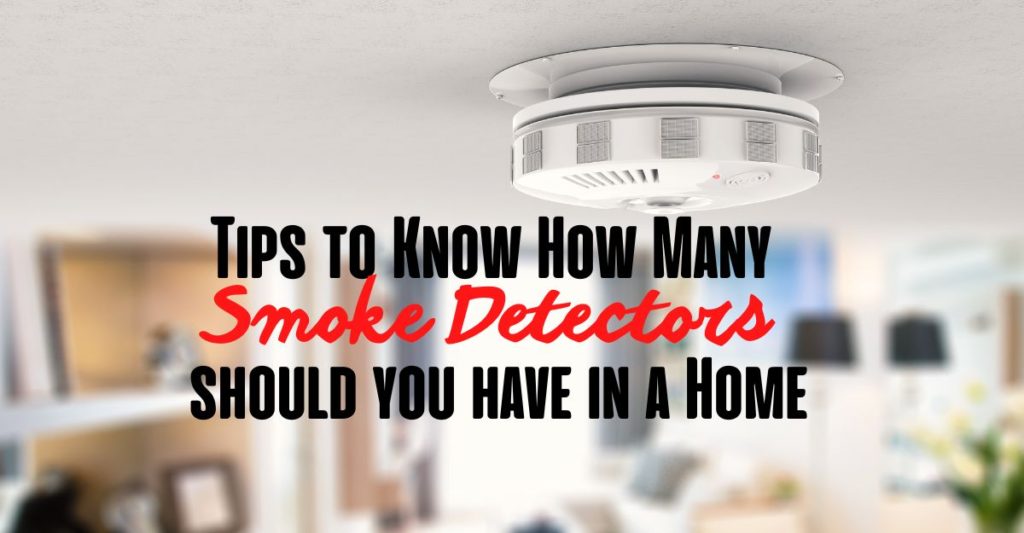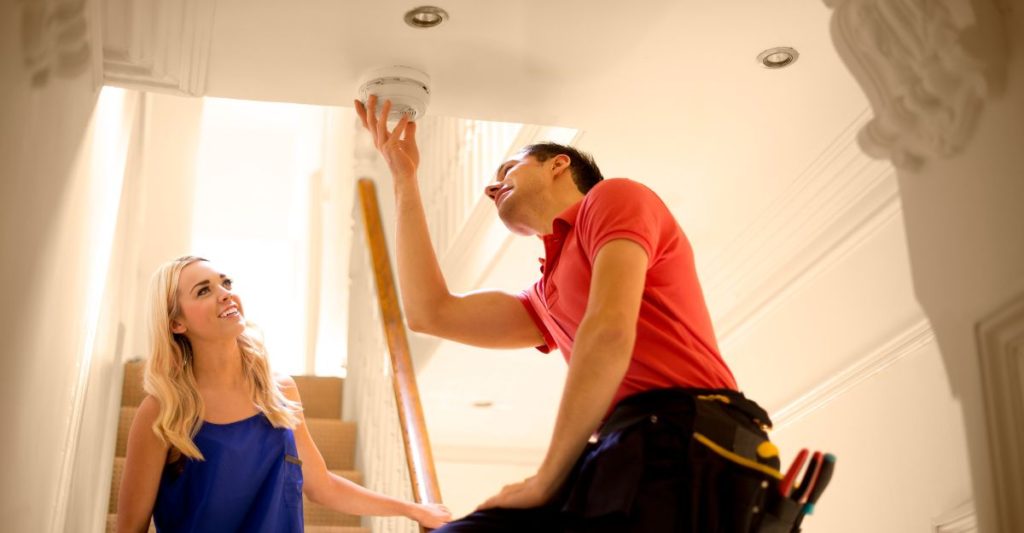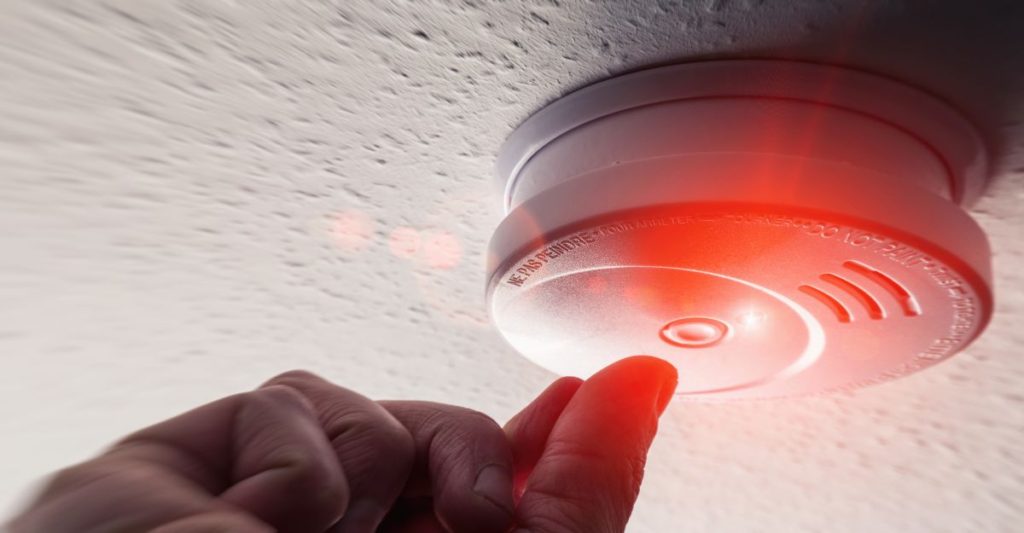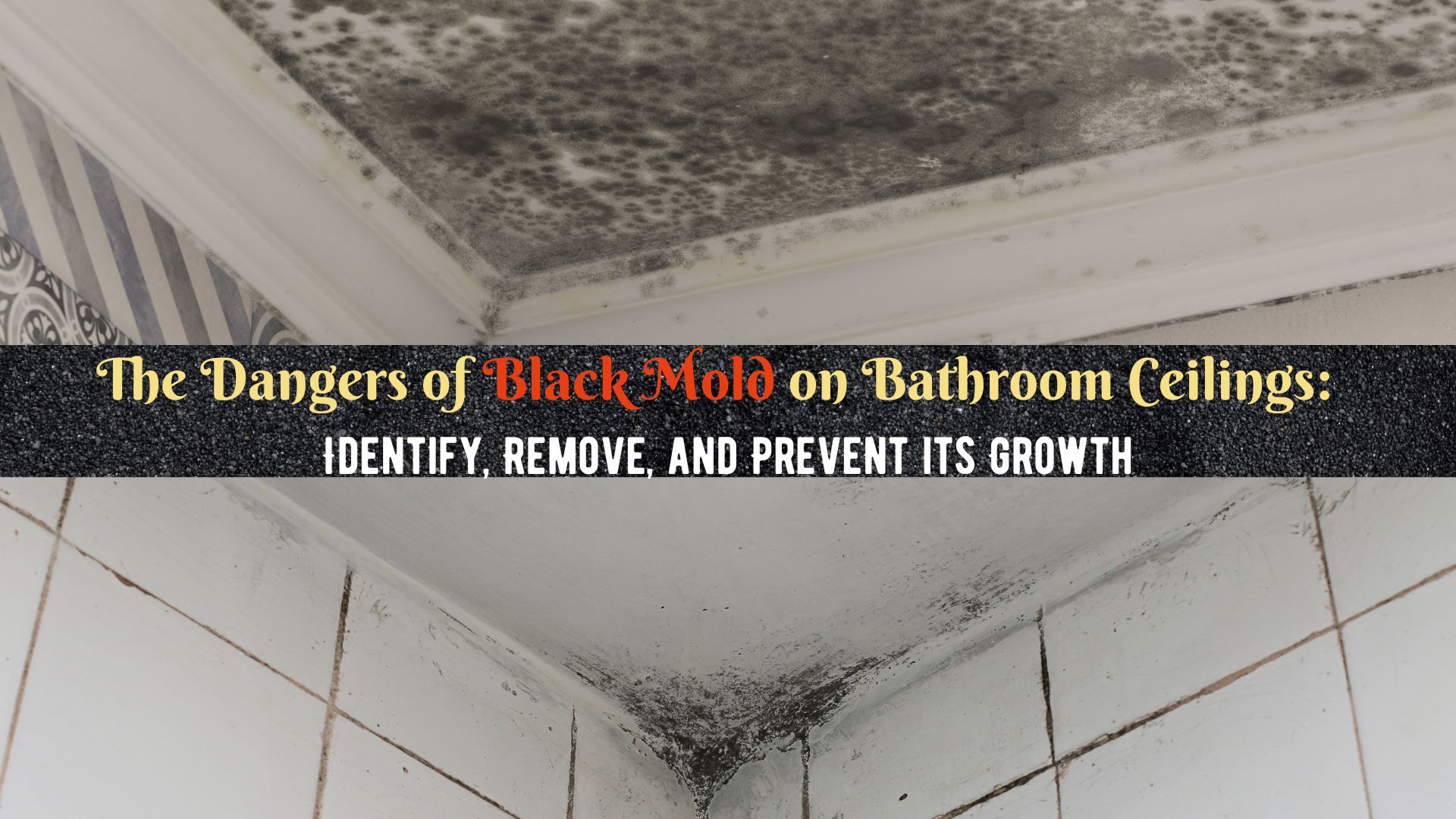
Smoke Detectors: Essential Part of a Home
The primary step to safeguarding our loved ones from residential fires is sufficient preparation. Indeed, smoke alarms are your first line of defense against unexpected fires in the home, giving your family a quick warning that allows each member to escape without harm. The number of properly installed smoke detectors and the areas where they are placed differ in every house. This article will help you determine where to place smoke detectors and how many should you have in your home.
How Many Smoke Detectors Should You Have in a Home?
The National Fire Protection Association (NFPA) highly prescribes that smoke alarms should be installed on each level of your home, including the basements. You should also have one in each bedroom and outside of every sleeping area. Larger homes may need to have additional detectors.
Let me mention an example – if you own a two-story home with three bedrooms, you should have at least seven smoke detectors. If you have hardwired detectors, you can install additional battery-operated smoke alarms.
Do not install a lot of alarms in your home. To achieve excellent fire safety, you have to be sure that fire detectors are appropriately placed in every essential area.
Where Should I Install the Smoke Detectors in My Home?

Your fire alarms will work properly if you have them accurately installed in every room in your home. For instance, have your battery-operated alarms installed in the kitchen more than ten feet away from your cooking devices to minimize false alarms.
Since smoke rises, smoke detectors are mainly set high on walls or ceilings. If you own a battery-operated alarm and have it installed on a wall, ensure the gap between the ceiling and the detector is not over 12 inches away.
Moreover, if the second or ground level of the house does not have bedrooms, position your detector near the stairs toward the second level, in the living room, or in both areas.
Another vital thing to do is have your smoke detector installed in the basement – on the ceiling at the bottom of the stairway leading to the next floor.
On top of that, if one of your family members is deaf or has difficulty hearing, you can opt for a particular fire detector with strobe lights or bed shakers.
Remember, installing smoke alarms close to the windows, doors, vents, and ceiling fans may interfere with the detectors’ function due to the wind. Also, forget not to test the performance of your smoke sensors once a month by clicking the test button. Replace their batteries every six months.
Types of Smoke Detectors to Choose From
There are various types of fire sensors such as, hardwired, battery-operated, interconnected, a combination of smoke and carbon monoxide detectors, etc.
Ionization and Photoelectric Alarms
Manufacturers created smoke sensors to detect different types of fire or smoke. Ionization detectors make sounds more speedily when flaming fires happen. On the contrary, photoelectric detectors go off sooner when smoldering fires occur.
It is difficult to determine which sort of fire your property might get. That is why USFA highly suggests installing ionization and photoelectric sensors in residential homes for maximum protection.
Features of Smoke Alarms
1. Source of Power
Fire alarms can be hardwired or battery-powered into your property’s electrical security system and must have reserved detector batteries in case your home loses power.
Specialists typically recommend hardwired alarms since they do not rely on batteries. Often, they are set up to be interconnected with other fire sensors and only need a little maintenance. Professionals commonly do the installation task.
If you choose a battery-powered smoke sensor, you will need to keep in mind to change the batteries every six months.
2. Interconnectability
Owners can connect their smoke sensors as a group so that they all sound when one of the alarms releases a sound. It is a crucial feature for homes with several levels where the homeowner cannot hear the alarm from an outlying area in the house.
Also, owners can choose the Bluetooth option for battery-operated alarms if their homes do not have hardwired detectors.
3. Silence Buttons
Fire alarms with silence button features will make your life much easier. You do not have to turn off the unit or pull out the batteries when it goes off. The silence button functions quickly, and your detector will sound again once it detects smoke.
Some smoke sensors have only one button, and others have two (low-battery and false-alarm buttons). You can prolong the function of the silence feature of the low-battery alarm button, but this attribute varies from each model.
4. Light Alarms
The light alarm is ideal if you have a deaf and hard-of-hearing family member. Your detector will display a fast blinking light when triggered.
5. Digital Carbon Monoxide Displays
Some smoke detectors can also work as carbon monoxide alarms, a suitable part of your house and family’s complete security. The digital CO image helps you notice the carbon monoxide amount in the home, even if the level is less than the amount that triggers the alarm.
CO sensors can also show the highest CO degree since the recent reset. It means the device lets you know if there were any severe increases while you were away or resting in your bedroom.

Trust the Professionals
To sum up, smoke detectors in the home are a crucial precautionary measure, no matter what brand you choose. Your household will reach the general security you desire if you place the recommended number of detectors throughout your property.
Nonetheless, if your home experiences fire and smoke damage, do not delay to ask for assistance from a professional like our Superior Restoration team. Our specialists know how to mend house issues because of fire and smoke.
We are entirely prepared to aid you 24/7, specifically in emergencies. Call us today if you have additional inquiries about our services.




